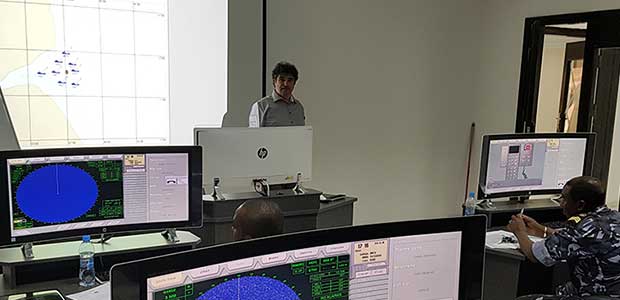
NFPA 1-2018 contains a new chapter on marijuana growing, processing or extraction facilities and another new chapter on cleaning and purging of flammable gas piping systems.
The Washington state Attorney General's Office prosecuted the case as an aggravated offense because it happened over a long time and involved multiple acts as well as the loss of a large amount of money.
"We welcome any nominations for executives who you believe would be a great fit for the role, as well as invite any interested parties to submit their resumes to the Korn Ferry team," said ASSE President Jim Smith, MS, CSP.
About 23 employer locations in Oregon participate in SHARP at this time, and about 157 additional employers have graduated from the program. An employer becomes a graduate when it completes five years of SHARP.

PHOTO: CITY OF NEW ORLEANS
The center, which cost more than $5 million, is part of a citywide public safety plan.
Six states have enacted laws to reduce violence against health care workers by requiring workplace violence prevention programs, but little is understood about how effective their laws are at reducing violence against health workers, the NIOSH notice states.

One investigation being delivered in the next resupply mission will help researchers understand how to prevent muscle breakdown in the absence of gravity.

If we are going to truly redefine the comfort zone of today's worker, it will require technological advances to gloves along with improved education around safety practices and a far more thoughtful, proactive approach to changing behavior and breaking counterproductive habits.

PHOTO: IMO
The simulator training room consists of 11 trainee consoles and an instructor's work station, as well as software for modules such as Marine Communication, Global Maritime Distress and Safety System (GMDSS) and Search and Rescue (SAR).

PHOTO: IMO
The Kingdom of Saudi Arabia has contributed $1 million to the International Maritime Organization’s technical cooperation activities.

The idea is to harness plants' natural mechanisms for sensing and responding to environmental stimuli and extend them to detect the presence of certain chemicals, pathogens, radiation, and even electromagnetic signals.
DOE's Pacific Northwest National Laboratory developed the virtual reality tool. The Vienna conference had 700 participants sharing ideas, experiences, and best practices to strengthen the physical protection of nuclear material and facilities against theft or sabotage.

The comment deadline is Nov. 27, but only a handful of comments have been posted.
"In order for America to continue to be a world leader in aviation, we must search for ways to address our country's pilot shortage, invest in our nation's workforce, and ensure that our veterans have the support they need as they transition to the next phase of their careers," Transportation Secretary Elaine Chao said.

"As people visit friends and family for the Thanksgiving holiday and shop on Black Friday, we anticipate heavy traffic," said Georgia DOT State Construction Engineer John D. Hancock. "For easier and safer travel, we are limiting construction and associated lane closures."

Both the U.S. Fish and Wildlife Service and Smithsonian.com offer more than a mouthful of details about the birds.
OSHA final rule this month sets Nov. 10, 2018, as the date for employers in U.S. construction industries to comply with a requirement for crane operator certification.